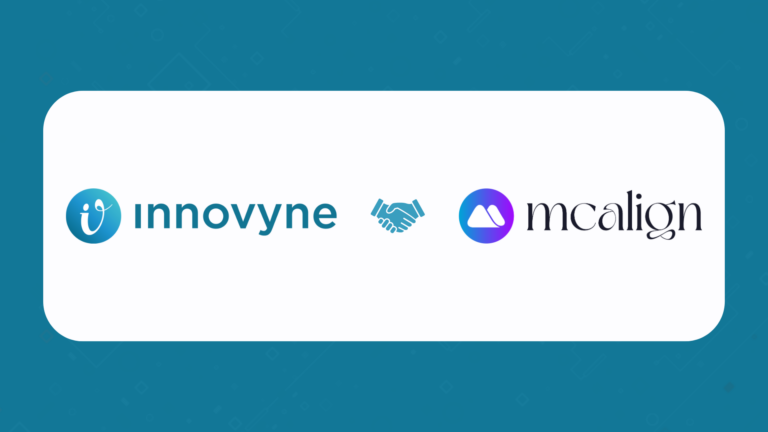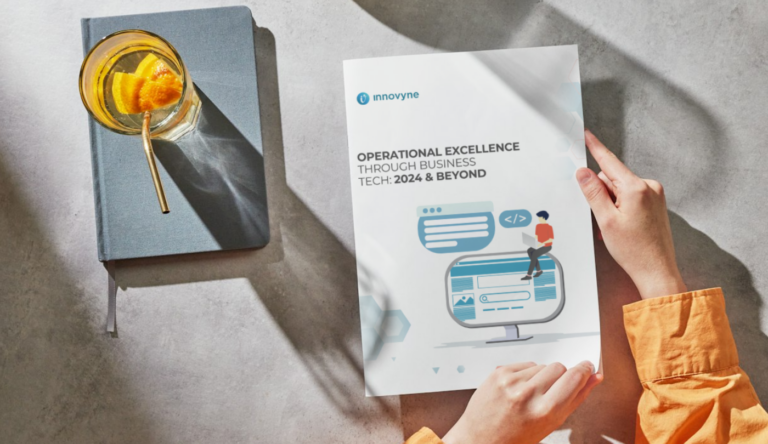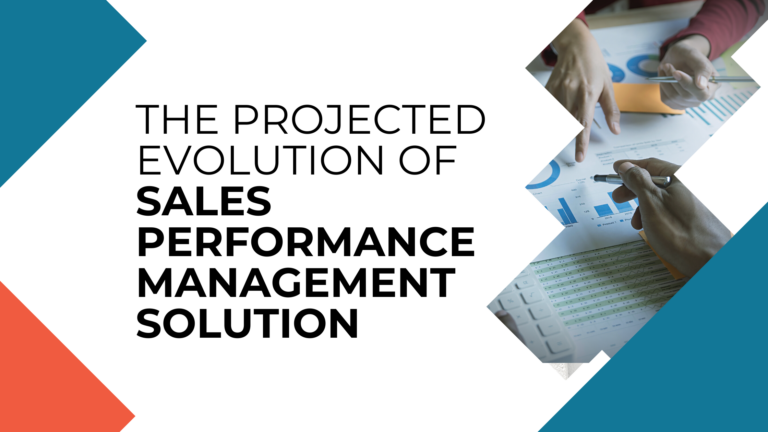As we step out of the global pandemic crisis & enter a new year it is but prudent to leverage the financial tools of forecasting & budgeting, to your company’s advantage. Once financial planning through budgeting is done optimally it can reduce the dependence on resources, which in the long run helps in saving cash. We hope this blog post will help you (or would like to refresh these concepts)
Understanding, managing & monitoring a company’s finances necessitates a firm grasp of the fundamentals of budgeting and forecasting. The numbers and data presented can be overwhelming, but we’re here to help, so keep reading!
What is budgeting?
Budgeting involves calculating your company’s revenue and expenses over a specific time period. An important part of creating an effective budget is figuring out what are the cash reserves and/or lines of credit available to spend on the various projects it has on the go.
Using budgets, businesses can better plan their spending, keep tabs on their progress, gauge their level of productivity, and pinpoint areas for cost savings or revenue growth. Budgeting, as part of overall business management, enables your organization to map out its strategy based on likely future outcomes, giving you an advantage over competitors who might be using manual or outdated systems.
How To Build a Budget ?
1. Define Your Goals
Before beginning any project or planning your department’s finances for the new fiscal year, it’s important to define your objectives.
- Are you trying to save money?
- Increase sales?
- Reduce inventory?
Whatever your goal is, it must be clearly defined. If you don’t know what you want to accomplish, then you’ll never be able to measure your success.
2. Determine How Much Money You Need
Once you’ve decided on your goals, you’ll need to figure out how much money you’ll need to achieve them. Use your goals to calculate the amount of money you’ll need every month. Once you reach this number, you’ll know how much money you need to spend on each item on your list.
3. Calculate Expenses
Once you have an idea of how much money you’ll need to spend, you’ll need to figure out which expenses you can eliminate. Some of the most common items to cut from a budget include:
- Travel expenses
- Entertainment(team building exercises/office pot luck/team picnic)
- Limiting Office supplies (For instance, using solar panels rather than electricity)
4. Add Up Your Monthly Costs
After calculating all of your monthly expenses, add them up to see how much money you’ll need to spend. If you have leftover cash after, adding up all of your expenses, then you’ll have extra money left over to invest in automation or another project.
5. Set a Budget Amount
Now that you know how much money you’ll need to spend each month, you can begin setting a budget amount. It’s usually recommended that you start with a 10-15% buffer between your estimated expenses and your actual income. It is always wise to keep this cushion on the higher side. This way, you’ll always have some wiggle room to deal with unexpected expenses
6. Create a Schedule
When creating your budget, it’s helpful to break down your monthly expenses into smaller chunks. For example, if you’re planning on spending $5000 per month on travel, then you’d divide that number by 12 to get your total ‘monthly’ expense for the entire year.
7. Monitor Progress
It’s important to monitor your progress throughout the year so that you don’t fall behind. Make sure to check in at least once a quarter to ensure that you’re staying within your budget.
8. Adjust As Necessary
If you notice that your budget isn’t working, then you may need to make adjustments. For example, if you realize that you haven’t been saving nearly enough money, then you can increase your savings rate. Alternatively, if you’re spending too much money on, for example entertainment, then you can reduce your spending on that category.
9. Stay Organized
The key to keeping track of your monthly expenses is organization. Keep your receipts, bills, and statements organized in one spot so that you can easily access them whenever you need them. Also, consider investing in software like Jedox that makes tracking your finances easy.
10. Be Flexible
Finally, remember that even though you’re following a strict budget, things are bound to happen. So, if something comes up unexpectedly, such as repair and maintenance, then you can simply apply the remaining funds towards paying off the debt.
What is forecasting?
Forecasting is the process of analyzing historical trends in order to predict future business outcomes based on the most current data available to your company.
In a short period of time, forecasting tends to focus on the most significant costs and revenue lines. Furthermore, it enables you to identify potential gaps between your organization’s financial goals and its actual performance.
Related : What Is Financial Reporting and Analysis?
Budgets are built on forecasts, so forecasting is an essential part of the budgeting process. Forecasts are also required for other financial metrics such as cash flow, sales forecasts, and so on. Investors, for example, look at both the company’s annual earnings and quarterly forecasts when deciding whether or not to invest in the company’s stock.
How To Generate a Forecast ?
Forecasting is a critical part of any business plan. The ability to predict future trends allows you to prepare for what could be coming next. Here’s how to create a forecast:
1. Identify Your Goals
Before you start generating your own forecasts, you first need to identify your goals. What do you hope to accomplish during the next few years? How much revenue do you want to generate? Do you want to expand your customer base? These questions help you establish clear objectives before you start creating your forecast.
2. Determine Your Time Frame
Next, you need to decide when you want to complete your forecast. You might choose to go back three years, five years, or ten years into the future. Whichever timeframe you select depends on the type of business you run. For example, if you sell products online, then you’ll probably want to look ahead three years because that’s how long it typically takes for new customers to become repeat buyers. On the other hand, if you operate a brick-and-mortar store, then you’ll probably want to look forward five years because that’s how long it typically takes for a company to grow to its full potential.
3. Gather Data
To develop accurate forecasts, you need data. That means gathering information about past performance, current trends, market conditions, and other factors. If you have access to historical sales figures, then you can use those numbers to project future growth. However, if this is your first time developing a forecast, then you’ll likely need to gather some additional information. For example, if you’re starting a new business, then you’ll need to ask your suppliers for their pricing history. Or, if you’re operating an established business, then you’ll need to talk to your existing clients to find out what they think about your services.
4. Calculate Your Budget
Once you’ve gathered all of the necessary information, you can calculate your budget. Start by dividing your projected income by your anticipated expenses. Then, add the results together to reach your overall budget. Finally, subtract the amount you spent last year from your overall budget to see how much extra cash you have leftover each month.
5. Create Your Forecast
Now that you know exactly how much money you’ll need to spend every month, you can begin creating your forecast. First, write down your estimated income and expenses for the upcoming year. Next, list the dates associated with these categories. For example, if you expect to earn $10,000 in sales per month, then you’d list January 1st through December 31st.
6. Adjust As Needed
After you’ve created your initial forecast, you may notice that certain expenses exceed your budget. In this case, you need to adjust your forecast accordingly. Instead of spending more than planned, you can cut back on expenses. Alternatively, you can increase your income by selling more products or increasing your prices. Either way, you’ll need to make adjustments to ensure that your budget stays within your desired range.
7. Update Your Forecast
Once you’ve completed your forecast, you’ll want to revisit it regularly. That’s because changes in your business environment—such as increased competition, changing consumer preferences, or reviews about your product line—can affect your ability to meet your budgeted goals. To stay on top of your finances, you’ll need to review your forecast at least once per quarter.
Conclusion
With the number of changes that happen in macroeconomics & the global economy, it’s important to forecast and budget for your business. We, at InnoVyne, can help you do this with our forecasting software by providing a reliable estimate on how much you will make or lose over time. Check out our solutions page to learn more about what we offer!



